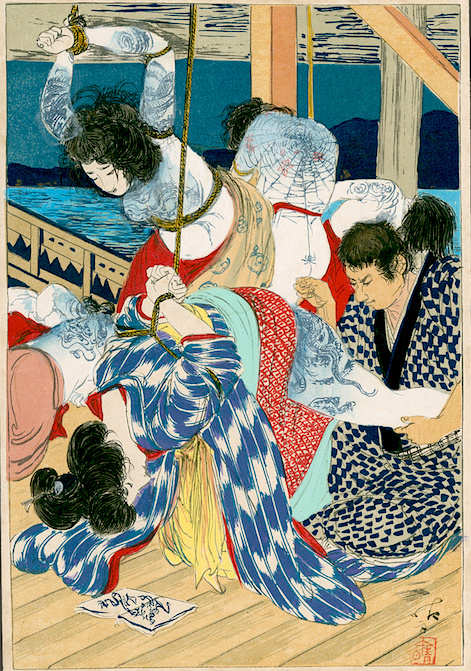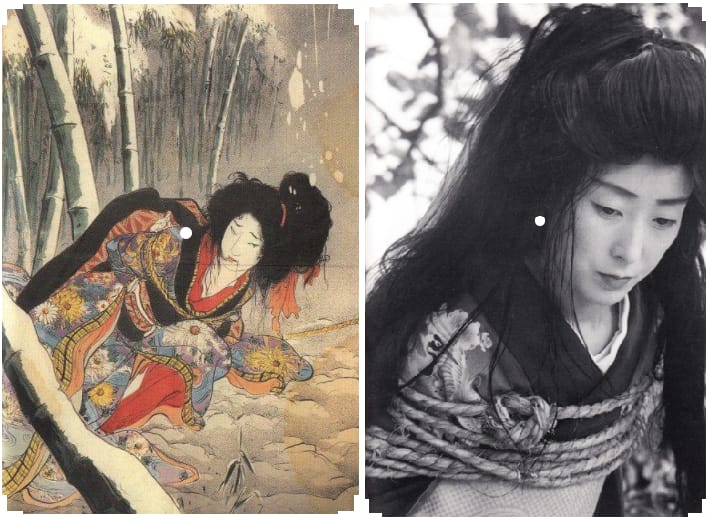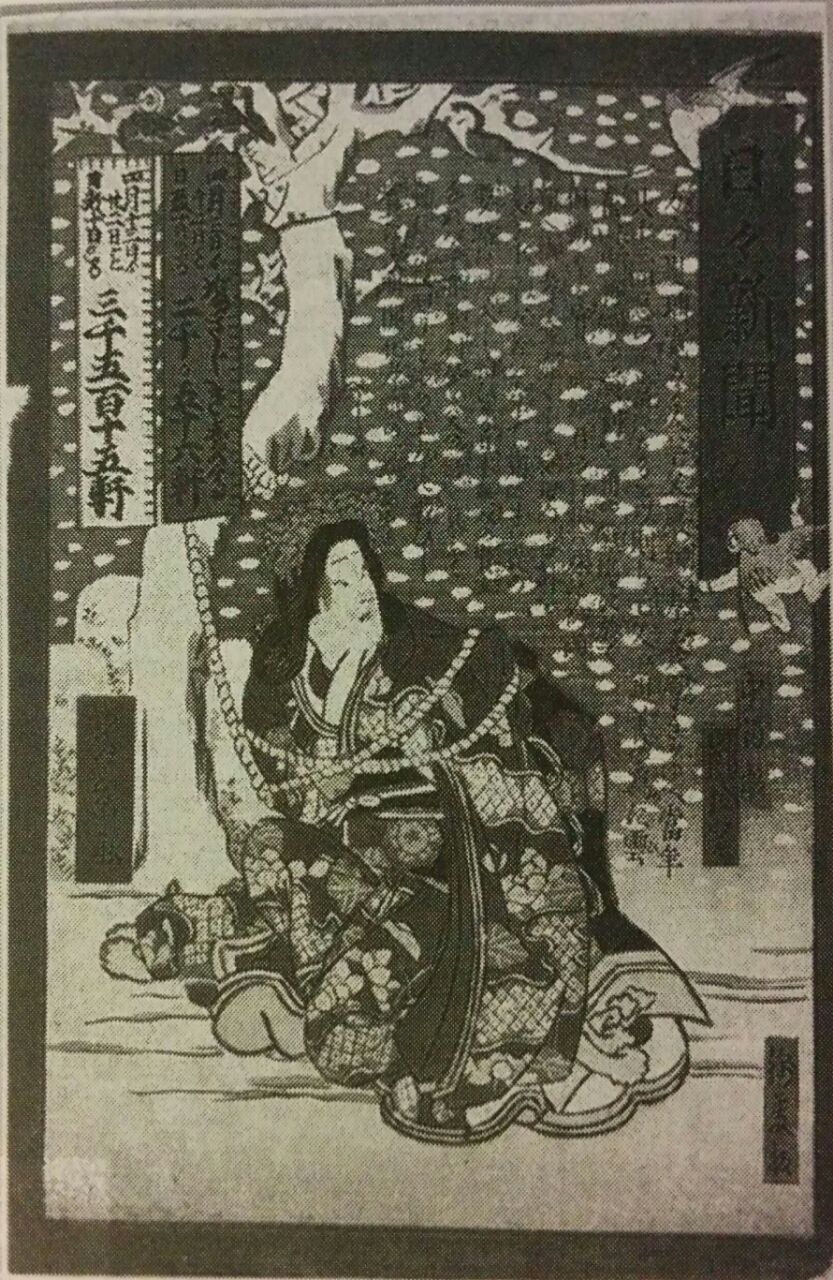What is shibari/kinbaku?
Kinbaku (緊縛)- Tight bondage or sexual bondage, or Shibari (縛り)- to bind, are originated in the Japanese language and describe the practice of bondage by rope.
The origin of kinbaku lies in the integral link between rope and the Japanese culture, the martial art of Hojojutsu (捕縄術), the torture methods in feudal Japan and its appearance in Kabuki theatre and Ukio-e art in Edo period.
Hojojutsu is a martial art that was used to bind your opponent using rope and was used mostly for arrests and transfer of prisoners from one province to another. The practice was more humiliating rather than physically harming. The same way that western bondage originated from the torture and punishment practices in Europe, Kinbaku came to be due to Feudal Japan’s practices.
Aside from Hojojutsu, torture practices were developed to pressure prisoners into confessing a crime or cause humiliation, Kinbaku has some of the same traits.
The “culture” of torture and punishment were an inseparable part of daily life in Japan, thus, appearing as a dramatic element in Kabuki theatre and art. Kinbaku developed by keeping the technique of tying in Hojojutsu while adjusting the aesthetics and safety for the stage.
Using elements of bondage on stage made kinbaku popular and birthed the father of modern kinbaku, Itō Seiu, who started arranging scenes similar to what he saw on stage, taking photographs and drawing them- tied up women, with their legs bare and tousled hair.
Even though Kinbaku appeared in Japan during the mid-19th century, it gained popularity only after the second world war and gained new life in erotic magazines such as “Kitan Club” and “Yomikiri Romance”, who included naked and bound prints for the first time. In the 60’s japanese riggers (“Nawashi” in japanese) started giving live shows.
Nowadays Kinbaku is adopted as a known niche in the Kink and Fetish community and gains popularity in Japan and out of it as an erotic, but also artistic element.
It contains many characteristics of kinky behavior. Such as the urge to experience the inability to move as a part of a power exchange, Sadomasochistic elements that come to play depending on the level of difficulty of the tie, and the element of shame that combines it all.
As any healthy sexual activity, Kinbaku requires consent. Moreover, to avoid injury, a deep technical and physiological understanding is needed, as well as preliminary communication and an open discourse and transparency throughout the whole process.



